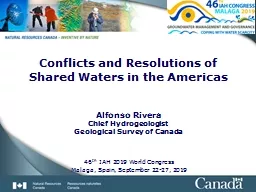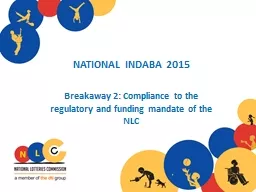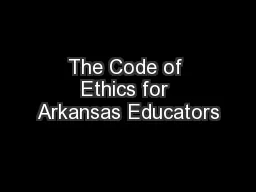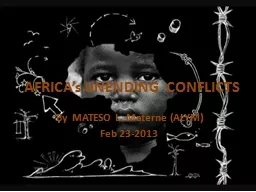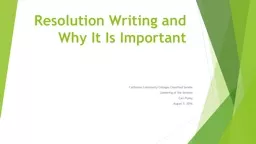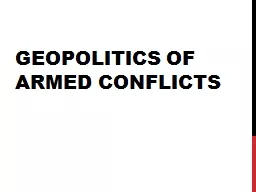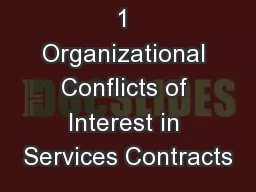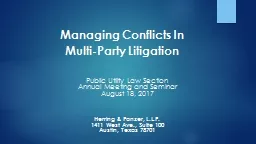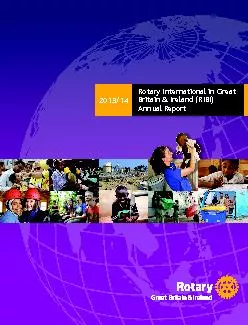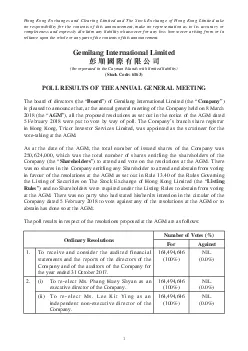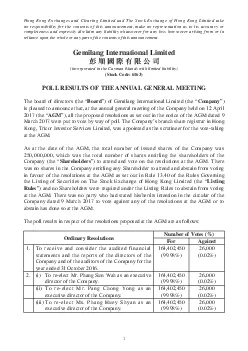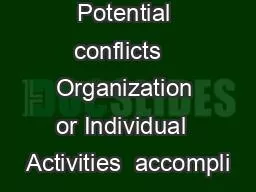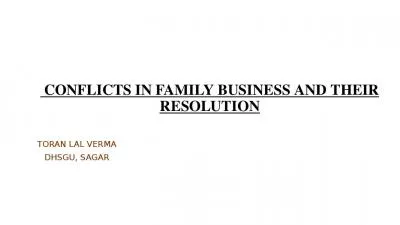PPT-Conflicts and Resolutions
Author : mitsue-stanley | Published Date : 2020-04-05
of Shared W aters in the Americas Alfonso Rivera Chief Hydrogeologist Geological Survey of Canada 46 th IAH 2019 World Congress Malaga Spain September 2227 2019
Presentation Embed Code
Download Presentation
Download Presentation The PPT/PDF document " Conflicts and Resolutions " is the property of its rightful owner. Permission is granted to download and print the materials on this website for personal, non-commercial use only, and to display it on your personal computer provided you do not modify the materials and that you retain all copyright notices contained in the materials. By downloading content from our website, you accept the terms of this agreement.
Conflicts and Resolutions : Transcript
Download Rules Of Document
" Conflicts and Resolutions "The content belongs to its owner. You may download and print it for personal use, without modification, and keep all copyright notices. By downloading, you agree to these terms.
Related Documents

